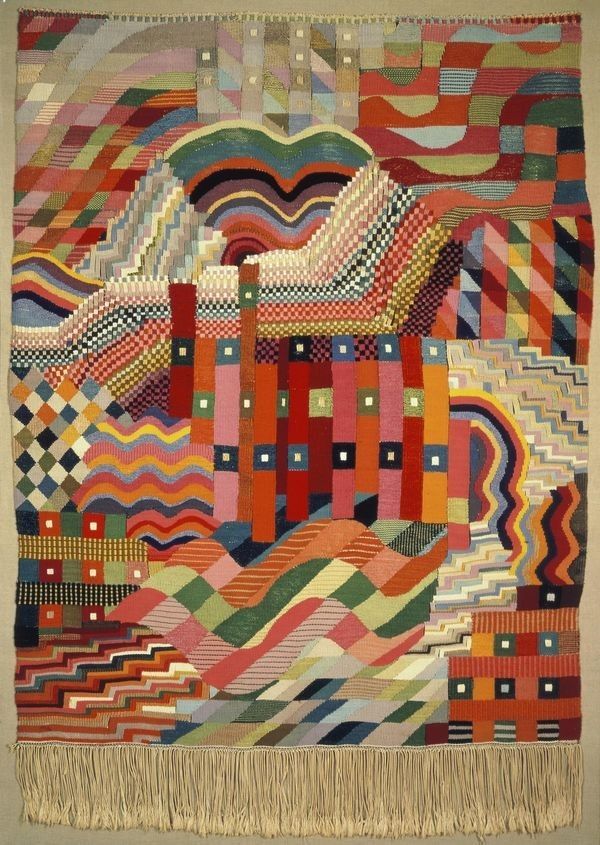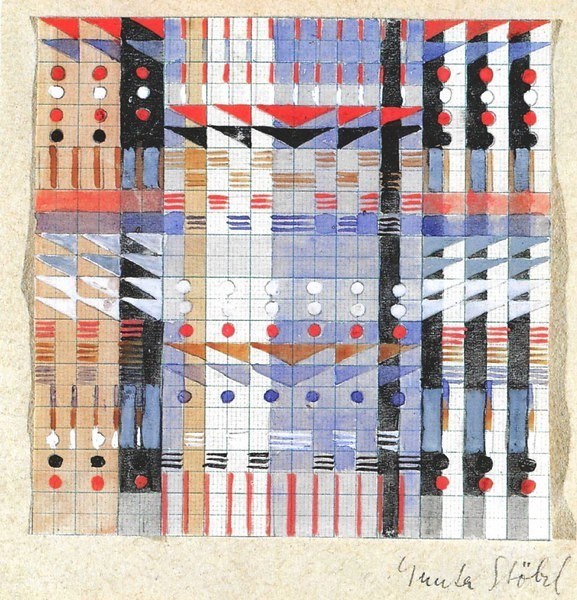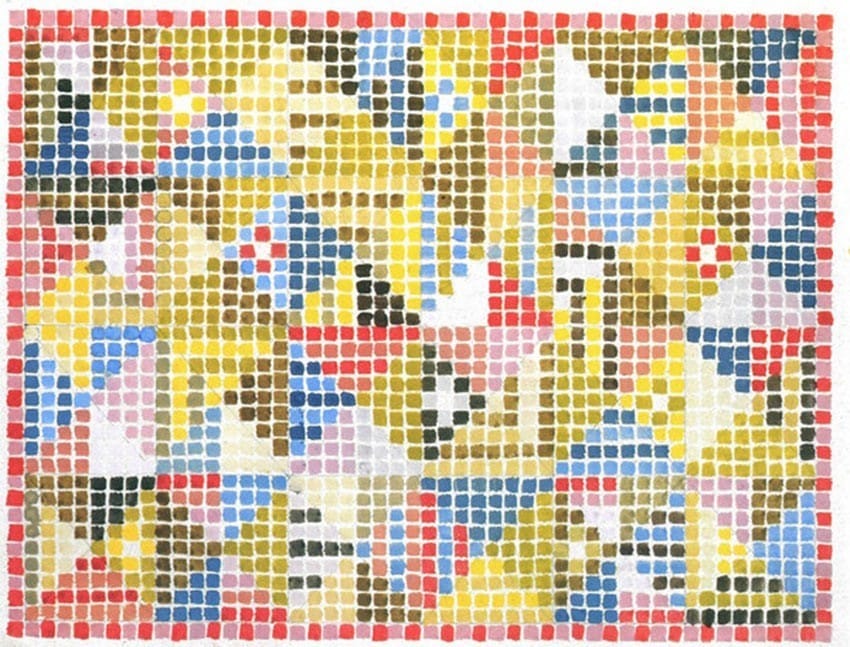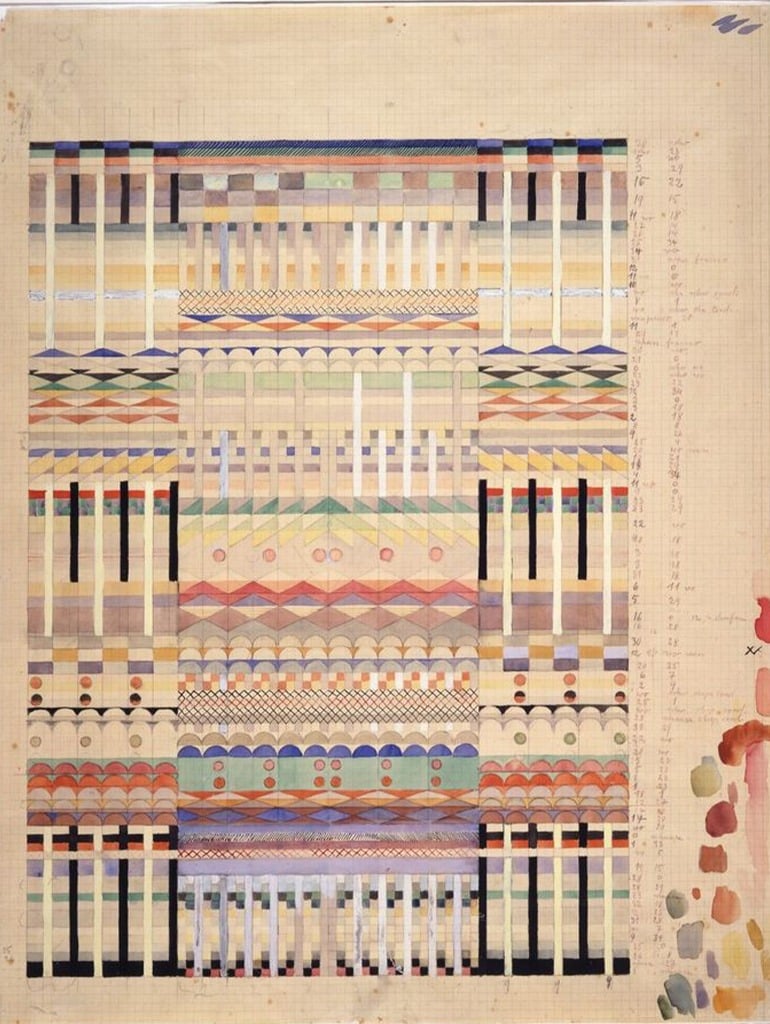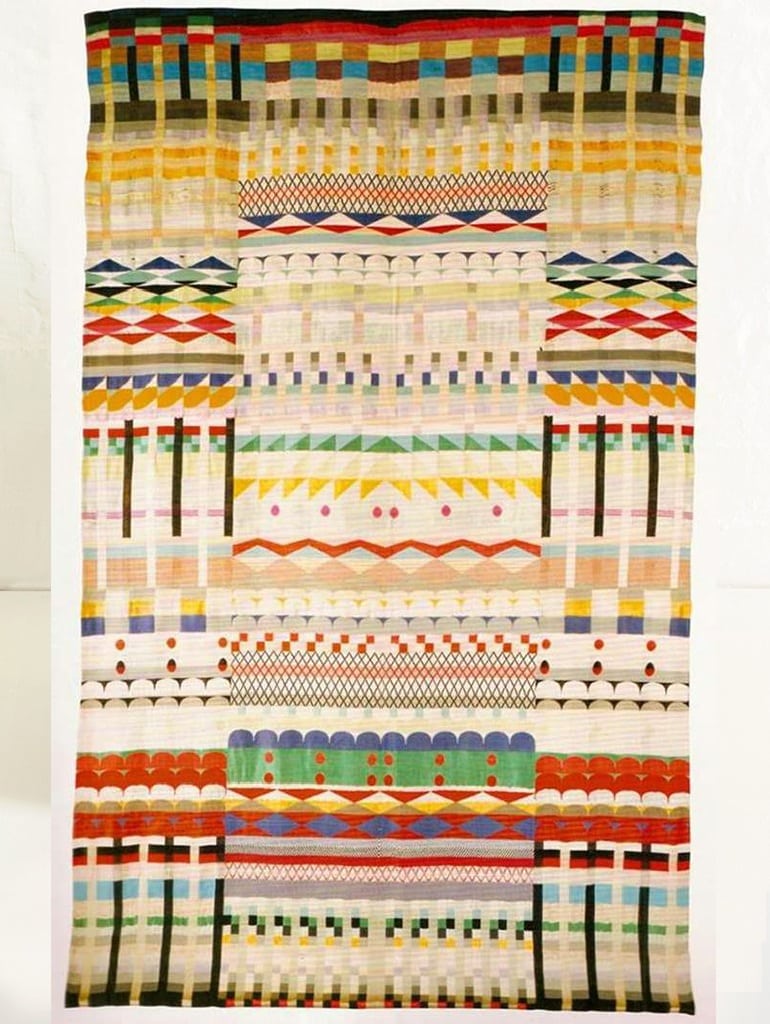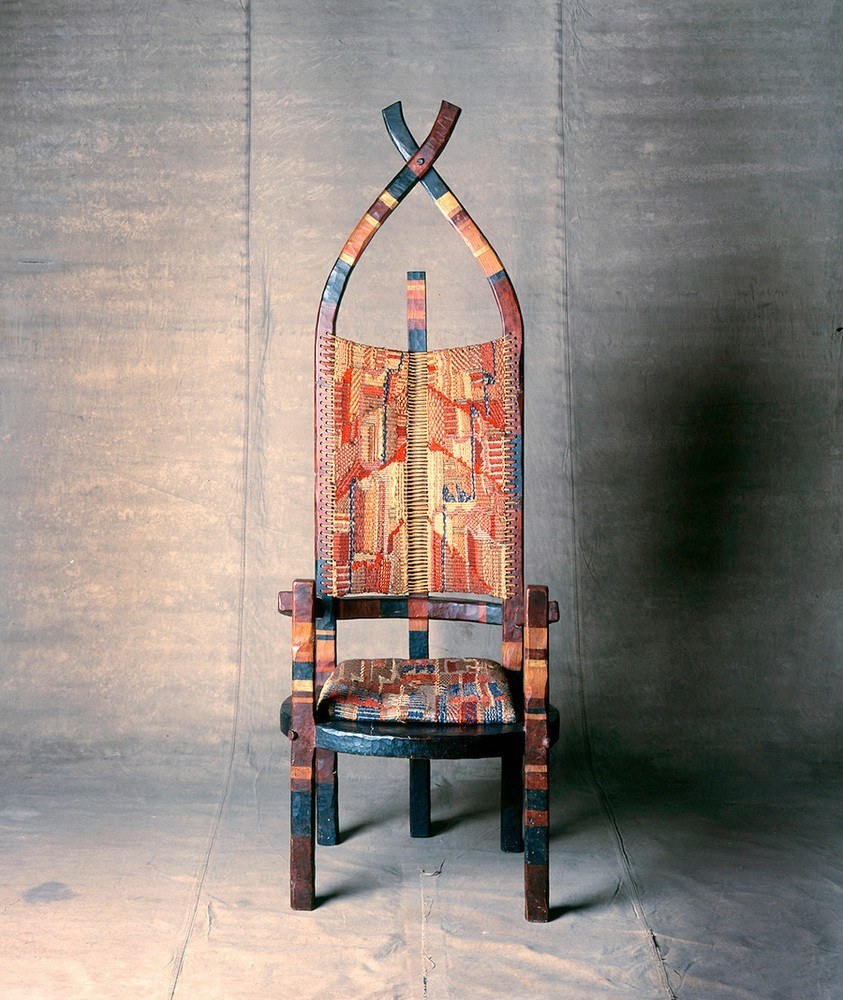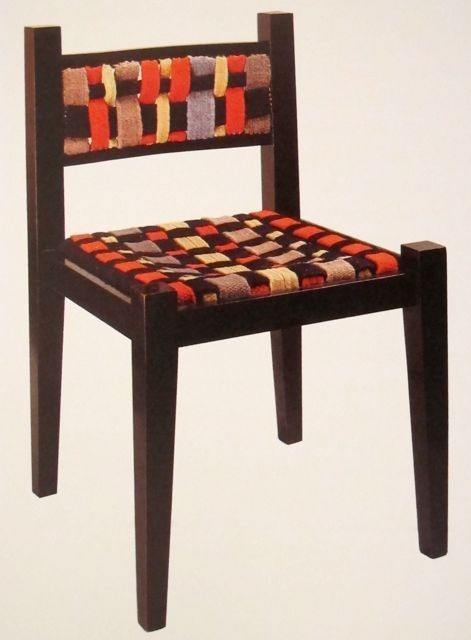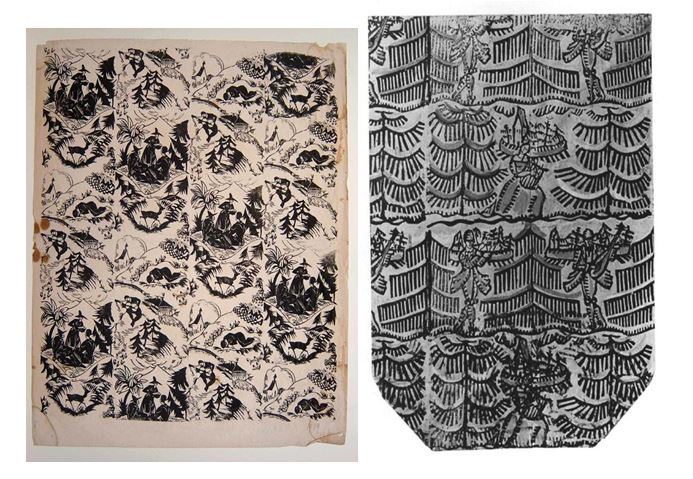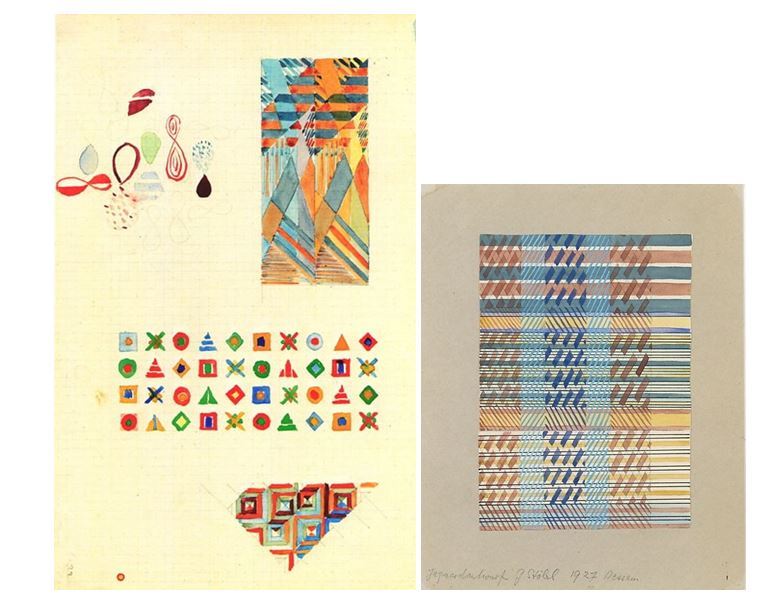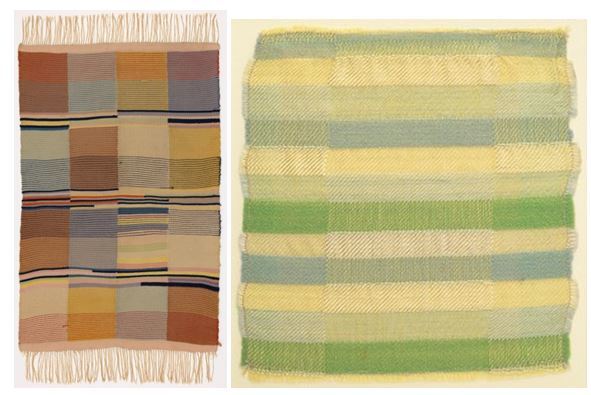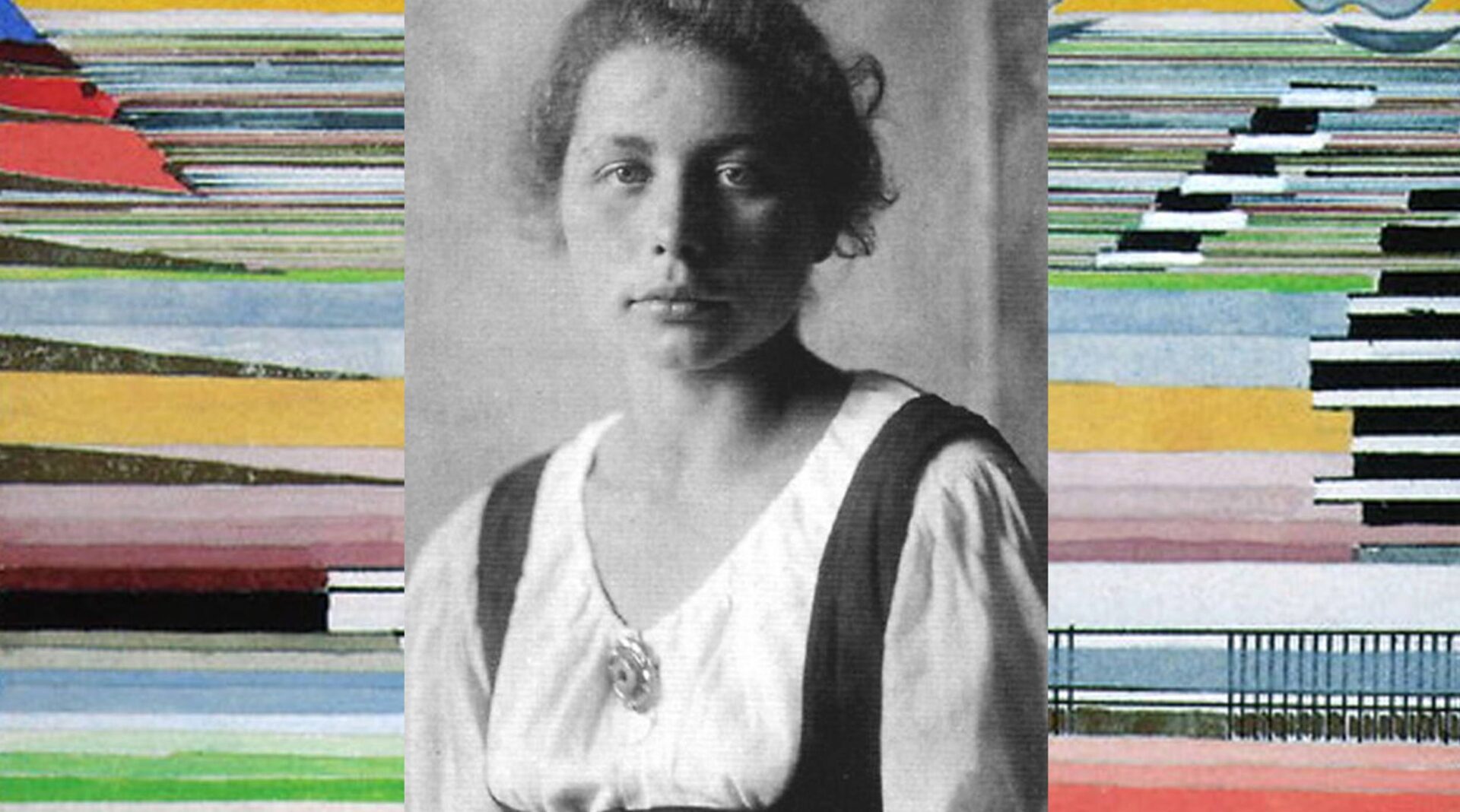
Gunta Stolzl
Meet the MakerThe Kit Kemp Design Studio is renowned for its love of colour and texture. This is why this week, we have chosen to highlight and celebrate the life and work of Gunta Stolzl, an artist known for her extensive study of textiles and colour and someone who has inspired us in our designs...
The Kit Kemp Design Studio is renowned for its love of colour and texture. Our hotels are filled to the brim with bold room schemes, featuring art, sculpture and textiles. This is why this week, we have chosen to highlight and celebrate the life and work of Gunta Stolzl, an artist known for her extensive study of textiles and colour and someone who has inspired us in our designs.
Gunta Stolzl was a German artist who played an important role in the development of the Bauhaus School, which operated from 1919 to 1933. She enrolled as a student and then became Director of its Weaving Workshop for five years. Her deep interest and study of this topic led her to create her own weaving company with other members of the Bauhaus family after she left the school.
The ‘African Chair’ is a piece she created in collaboration with Marcel Breuer, who was one of the most influential architects and product designers of the 20th century.
Another of her collaborations with Marcel Breuer includes this woven band cover in 1921. There is a solid character running through both these pieces, with obvious traces of craftsmanship on the wooden elements and the resemblance of folk art in the painting of them.
However, it is also interesting to see her early works, before she entered the Bauhaus Weimar. She took a completely different route from what her work is known for today. Here she uses black and white organic shapes to form a repetition.
Being one of the few female artists of the Bauhaus School, Gunta Stolzl’s work developed from being quite graphic into more industrial in her designs. Gunta managed to push the boundaries of weaving through her radical ideas and helped to evolve the craft into a more modern era.
Below is a first draft of “Five Choirs” from 1928. This wall hanging used the revolutionary Jacquard technique. The work in progress of this piece reveals a lot of detail, making it very interesting to look at. The use of squares in the background discloses a mathematical approach to it.
On the top, the vertical mirror effect makes the piece very graphic and symmetrical. There is a deep understanding of colour, illustrated in the progression of the piece, which evokes harmony and joy. In some ways, Gunta Stolzl’s work reminds us of Wassily Kandinsky through her use of colour. They also have a further connection in that they both taught at the Bauhaus School of Art.
Overall, there is certainly a philosophy that we share with her when designing: “It is essential to define our imaginary world, to shape our experiences through material, rhythm, proportion, colour and form.”
You can also read more on how Gunta Stolzl has been an inspiration to us in our fabric collaboration with Christopher Farr Cloth here. We hope you have been as inspired as we are.

